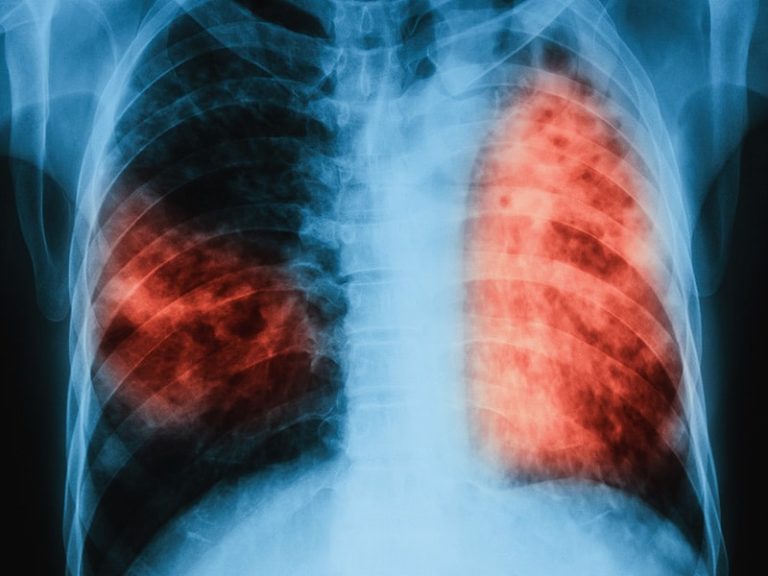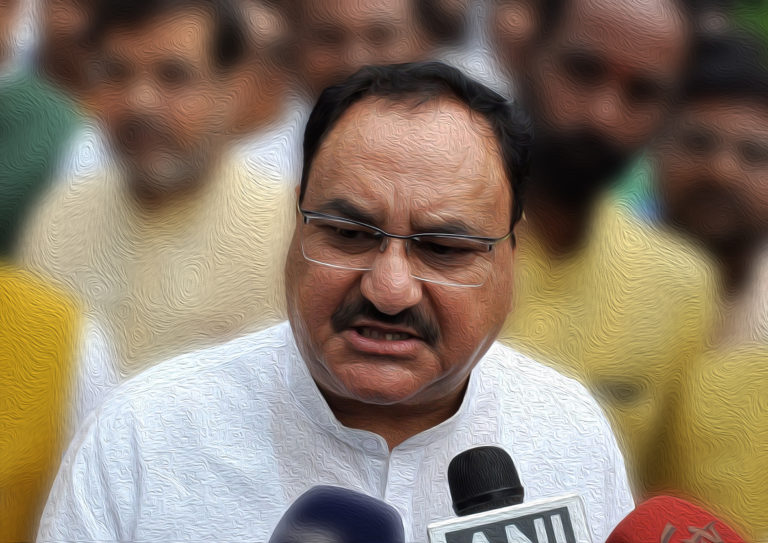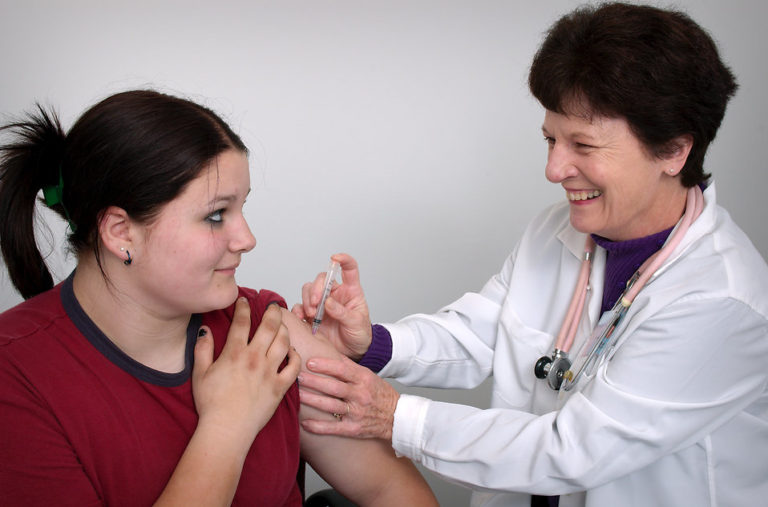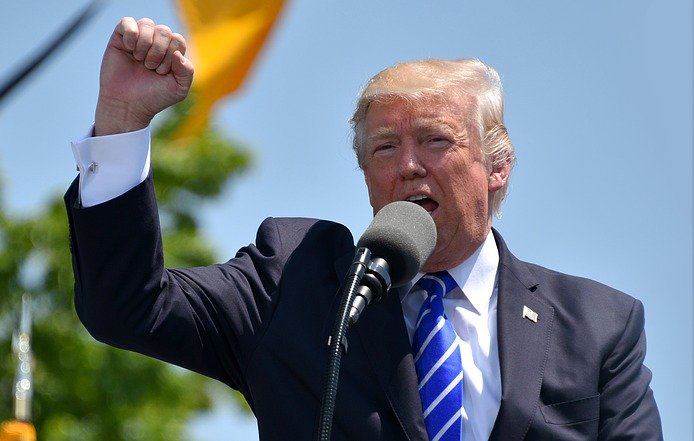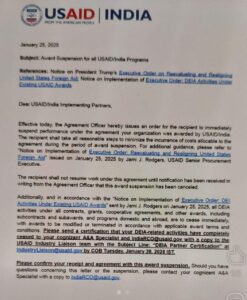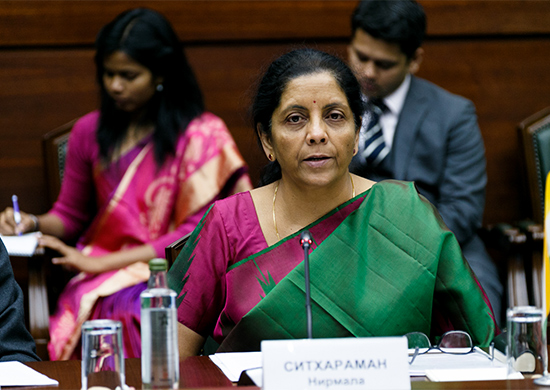Flags lack of standardisation of hospital rates for health insurance products, unlike in PMJAY where it is centrally negotiated
The Insurance Regulatory and Development Authority of India (IRDAI) has issued a circular asking health insurance providers to not raise premium for senior citizens by more than 10% on a year on year basis. This comes in the wake of multiple reports about sharp increases in premiums of senior citizens.
“The premium rate is primarily based on the estimated claims outgo and the expenses including acquisition costs incurred by the insurance company for acquiring and servicing the insurance policies. The claims outgo is largely dependent on the amounts charged by the hospitals for various treatments/ surgeries…In this context, the most vulnerable age group is the senior citizens having limited sources of income and this group is impacted the most when there is a steep increase in health insurance premium,” reads the IRDAI circular dated January 30.
There have been several commentaries of late about the effect steep rises in insurance premium may have on India’s already low rates of insurance premium, particularly in the case of senior citizens who may have relatively more resource constraints but are also the most vulnerable to major illnesses. While the government of India has recently announced that all Indians aged over 70 years will be covered under the Pradhan Mantri Jan Arogya Yojana, there are an estimated 40 crore people in India (as per Niti Aayog) who do not have any insurance cover.
In the circular IRDAI also wrote that private health insurance products are run differently from government ones, making cost restriction a challenge. “Unlike in case of Pradhan Mantri Jan Arogya Yojana (PMJAY) scheme where the hospitalisation expenses are negotiated centrally for package rates and are thus standardised across various hospitals, there is no such standardisation in case of health insurance products. This is leading to higher hospitalisation costs resulting in higher claims outgo under health insurance products offered by insurers.”
PMJAY offers a family health insurance of Rs 5 lakh per annum to those eligible; in case the family also has a member who is aged 70 years or more, that cover doubles with the senior member alone being eligible for Rs 5 lakh. Even in families that are not eligible, senior members above the age bracket are entitled to the same cover.



